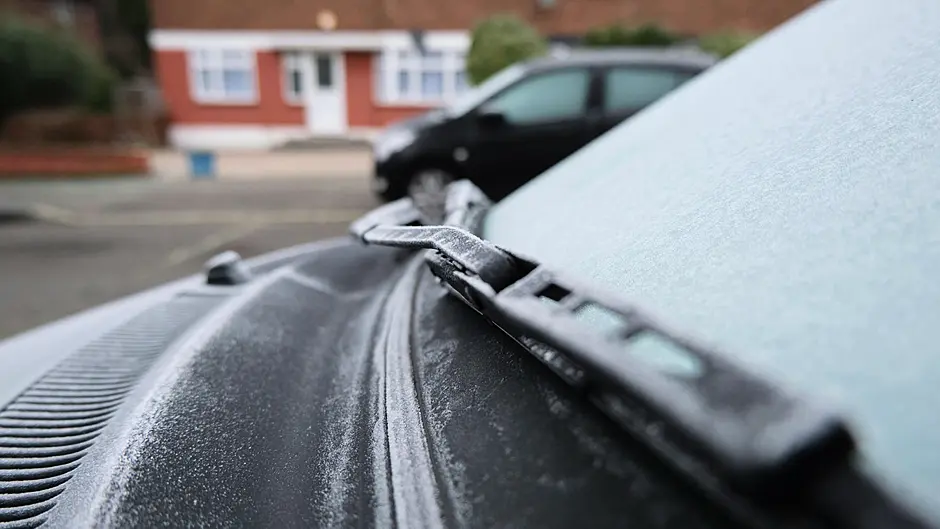Automobile safety and comfort in different climate zones
Vehicle safety and comfort vary dramatically across different climate zones, presenting unique challenges that manufacturers and drivers must address through careful engineering and preparation. Modern automobiles must perform reliably in scorching desert heat, freezing Arctic conditions, humid tropical environments, and temperate regions with variable weather patterns.
Climate-Specific Adaptations
Each climate zone demands specific adaptations to ensure optimal performance and occupant protection. Desert regions require enhanced cooling systems and UV-resistant materials, whilst arctic environments necessitate improved heating, battery performance, and cold-weather starting capabilities. Tropical zones present challenges with humidity, corrosion resistance, and frequent precipitation management.
Regional Climate Challenges and Safety Systems
Temperature extremes significantly impact vehicle performance and safety systems. In hot climates, excessive heat can cause tyre blowouts, engine overheating, and interior component degradation. Air conditioning systems work harder, potentially leading to compressor failures and reduced fuel efficiency.
Cold climates present different but equally serious challenges. Battery performance deteriorates in freezing temperatures, reducing starting reliability. All windscreen wipers for Kia on the website AUTO-DOC.IE and other similar components must withstand ice formation whilst maintaining effectiveness. AUTO-DOC's expertise in providing climate-appropriate automotive parts becomes crucial when selecting components that can handle regional weather extremes.
Wiper Performance Across Weather Conditions
Windscreen wipers represent one of the most critical safety components affected by climate variations. Their performance directly influences driver visibility and accident prevention rates. Research indicates that high-quality wipers significantly reduce visibility impairment incidents across different weather conditions.
| Climate Zone | Frequent Rain Days/Year | Wiper Failure Rate (%) | Visibility Incidents Reduced (%) |
| Temperate Maritime | 180-220 | 12% | 18% |
| Continental Dry | 40-80 | 8% | 15% |
| Tropical Monsoon | 200-300 | 15% | 22% |
| Desert Arid | 10-30 | 20% | 14% |
| Arctic/Subarctic | 120-160 | 25% | 20% |
In areas with frequent rainfall, vehicles equipped with premium wiper systems demonstrate 18% fewer cases of visibility impairment compared to those with standard equipment. The failure rates increase in extreme climates, with desert conditions causing rubber degradation and arctic environments leading to ice accumulation and blade brittleness.
Cabin Comfort and Air Quality Management
Climate control systems must adapt to vastly different environmental conditions whilst maintaining occupant comfort and health. Hot climates demand powerful cooling systems capable of rapidly reducing cabin temperatures from potentially dangerous levels. Modern vehicles can reach internal temperatures exceeding 60°C when parked in direct sunlight.
Cabin air filtration becomes particularly crucial in dusty or polluted environments. Advanced HEPA filters can remove 99.97% of particles, including pollen, dust, and harmful pollutants. In humid climates, dehumidification features prevent window fogging and reduce mould growth within the ventilation system.
Material Science and Climate Adaptation
Automotive materials must withstand diverse environmental stresses across climate zones. UV radiation in sunny climates degrades plastics, fades paint, and deteriorates interior fabrics. Manufacturers increasingly use UV-stabilised polymers and reflective coatings to combat these effects.
Extreme temperature cycling poses challenges for all materials. Components must maintain structural integrity through thermal expansion and contraction whilst preserving functionality. Seals and gaskets require special formulations to remain flexible in cold whilst resisting degradation in heat.
Electronic Systems and Climate Resilience
Modern vehicles rely heavily on electronic systems for safety, comfort, and performance management. High temperatures can cause semiconductor failures and accelerated component ageing. Moisture ingress in humid climates can lead to corrosion and short circuits. Extreme cold affects battery chemistry and can cause display malfunctions.
Manufacturers employ protective measures including conformal coatings on circuit boards, environmental sealing of electronic modules, and thermal management systems. Advanced climate control algorithms adjust system operation based on ambient conditions.
Tyre Technology and Surface Conditions
Tyre performance varies significantly across climate zones, affecting safety through traction, handling, and durability. Hot climates accelerate rubber degradation and increase blowout risk due to elevated operating temperatures. Cold climates demand specialised winter compounds that remain flexible below freezing.
All-season tyres represent a compromise suitable for temperate climates but may not excel in extreme conditions. Regular pressure monitoring becomes essential as temperature changes significantly affect inflation levels.
Future Developments in Climate-Adaptive Technology
Emerging technologies promise improved climate adaptation capabilities. Smart glass technology can automatically adjust transparency and thermal properties based on ambient conditions. Advanced materials like graphene-enhanced composites offer superior thermal management and durability.
Electric vehicle battery thermal management continues advancing, with new chemistries and cooling systems improving cold-weather performance. Machine learning algorithms increasingly optimise system performance based on local climate patterns.
Sources
- Weather, Climate, and Society. "Investigating the Impact of Weather Conditions and Time of Day on Traffic Flow Characteristics." July 2022.
- The Motor Guy. "What Is Climate Control in Cars and How Does It Work?" May 2024.
- Car and Driver. "We Tested the Top Wiper Blades on the Market to Find the Best." May 2025.
- Consumer Reports. "How Rain-Sensing Windshield Wipers Work." 2024.
- GearJunkie. "The Best Windshield Wipers of 2025." March 2025.
- Kryger Glass. "Understanding Automatic Windshield Wipers." May 2024.








